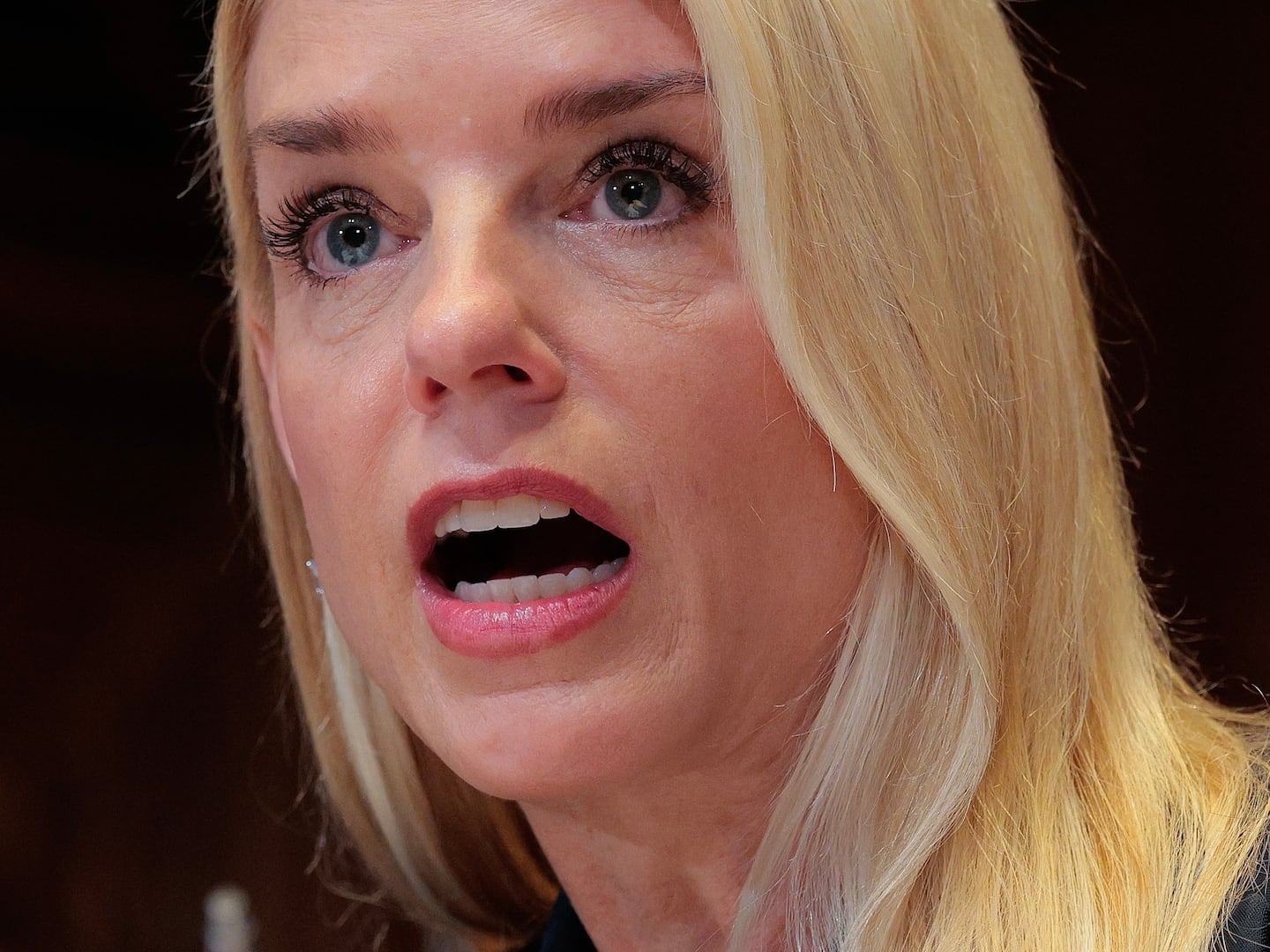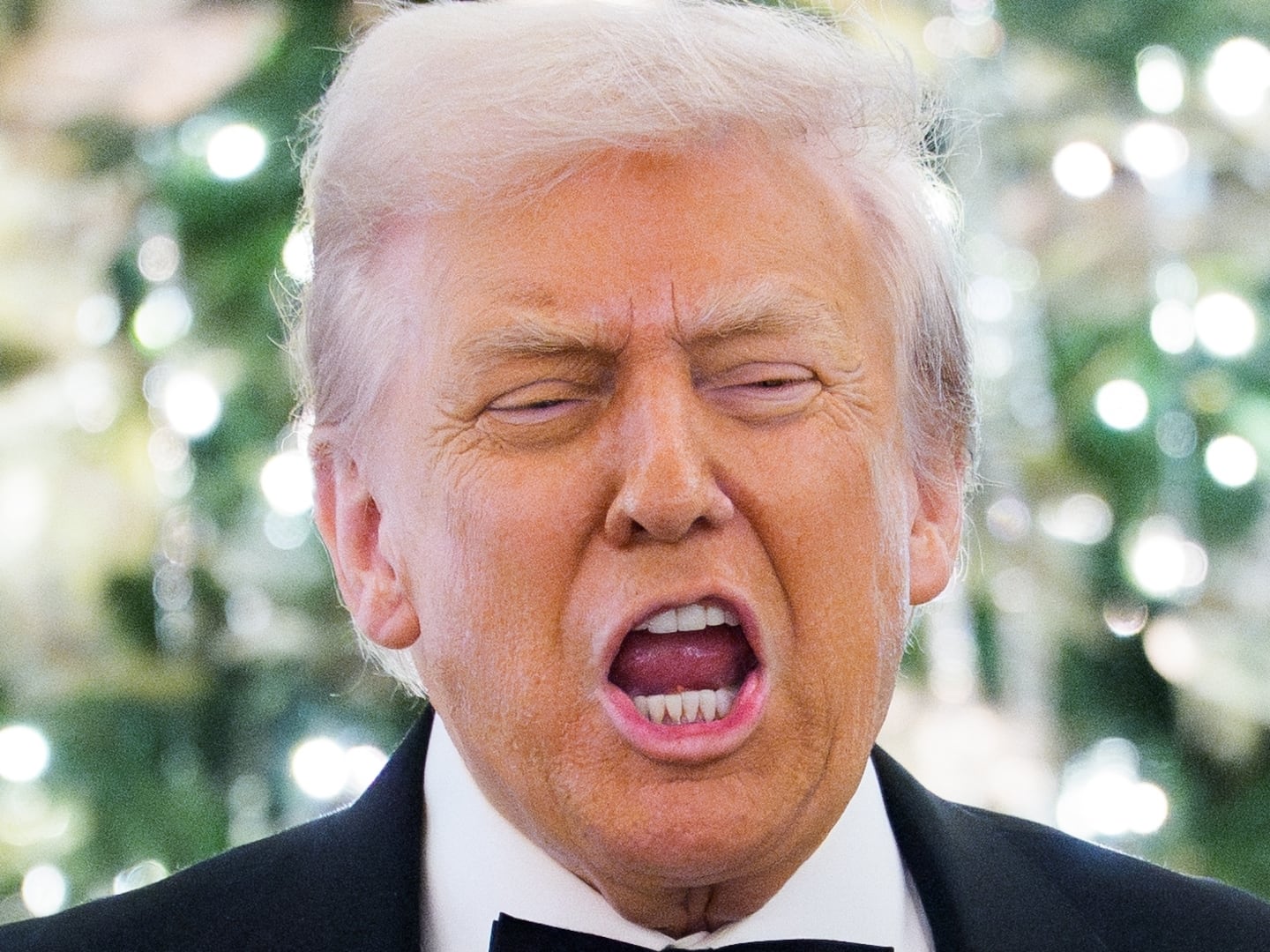The Ukrainian government is plotting a counteroffensive against Russian forces in a matter of weeks, U.S. Secretary of Defense Lloyd Austin said Tuesday.
“They're contemplating an offensive in the spring and that's just weeks away,” Austin told reporters in Brussels following a meeting of Ukraine’s Defense Contact Group. Allies will “help Ukraine hold and advance during the spring counteroffensive,” he added.
The news coincides with Russia bearing down with its own efforts to launch an offensive in Ukraine, to varying degrees of success. Russian forces have been conducting attacks in Donetsk and Luhansk in eastern Ukraine in recent days and continue to attack in the Donbas, U.S. officials said Tuesday. The North Atlantic Treaty Organization warned this week that Russia had already begun some spring offensives.
“Almost one year since invasion, President Putin is not preparing for peace. He is launching new offensives,” NATO Secretary General Jens Stoltenberg said Monday. “The reality is we are seeing the start already. Because we see… Putin… sending thousands and thousands of more troops.”
Russian forces have been building up fortifications throughout eastern Ukraine in recent weeks, according to satellite imagery analysis shared exclusively with The Daily Beast. The move could signal that Russia is preparing to defend against a Ukrainian counteroffensive, and possibly launch its own offensive as well.
U.S. and Ukrainian officials have been warning for weeks that Russia is preparing a major onslaught of fighting. A representative for Ukraine’s Main Military Intelligence Directorate, Gen. Vadym Skibitsky, said earlier this month that Russia is likely planning a mobilization of between 300,000 to 500,000 troops, a move which would add to the 300,000 Putin has already mobilized.
There are signs that Russia has not learned lessons from earlier in the war, however, and is still ill-prepared for the fight ahead, according to western officials and intelligence assessments. Chairman of the Joint Chiefs of Staff, Gen. Mark Milley, told reporters Tuesday that Russians’ morale is tanking amid poor planning and leadership, which is causing massive losses for them.
“Their progress is slow. It's a war of attrition and taking heavy casualties. Their leadership and morale is not great,” Milley told reporters. “They're struggling mightily.”
“Russia likely aims to reverse some of the gains Ukrainian forces made over September-November 2022,” a British government intelligence report stated Tuesday. “The current operational picture suggests that Russian forces are being given orders to advance in most sectors, but that they have not massed sufficient offensive combat power on any one axis to achieve a decisive effect.”
Western officials warned this week, though, that Russia may be willing to flood the field with personnel in order to try to make up for subpar performance.
“What Russia lacks in quality they try to compensate in quantity,” Stoltenberg confirmed Monday. “They do have numbers,” Milley warned.
Even so, Russia is likely delaying its offensive due to issues integrating its troops as well, the Ukrainian intelligence representative said. Signs have emerged from the battlefield that Russia has run into obstacles integrating its military with fighters from illegally annexed territories in Ukraine.
“They’re preparing for a second wave of mobilization but our assessment is that they’ll hold off because they haven’t overcome all the difficulties they experienced during the first wave,” Skibitsky told The Wall Street Journal. “They were not ready for such a large-scale mobilization at the time, and they aren’t now.”
For western allies, who met in Brussels Tuesday to discuss the future of military aid to Ukraine, the potential delay likely only adds some wiggle room for laying the groundwork to help Ukraine prepare for the fight ahead.
The U.S. Secretary of Defense urged allies to get on top of plans to provide support for all of the military aid allies have promised for Ukraine in recent weeks, warning that will require a tremendous amount of coordination.
“We have a lot to get done,” Austin said, ticking off a list of armored fighting vehicles and armored personnel carriers. “If you think about the numbers of systems that we're bringing together: Bradleys, Strykers… CV90s, 113s, artillery—and the list goes on and on. It's a monumental task to bring all those systems together, get the troops trained on those platforms, and make sure we have sustainment… for all of those systems and get those systems into the fight.”
And although Ukraine has been requesting modern fighter jets for months, Austin noted that he did not have any updates on providing fighter jets, namely F-16s, to Ukraine.
The future of whether the United States will break on its resistance to sending fighter jets remains to be seen. But, as Ukraine has learned, even staunch resistance to providing modern weapons in America often peters out.
Most recently, the Biden administration reneged on earlier hesitations to send tanks to Ukraine. Last year, the U.S. first resisted, then relented on sending a multitude of systems, including the Patriot missile system, an advanced ground-based air defense system, and the High Mobility Artillery Rocket System (HIMARS), a wheeled system that can launch multiple rockets.








